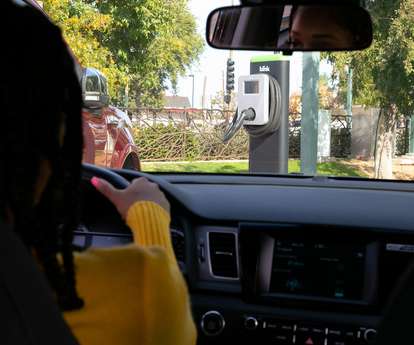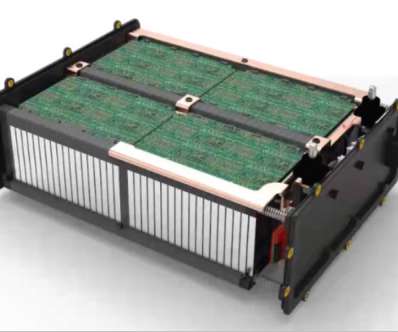Researchers developing DC micro smart grid for charging EV fleets; Li-ion, redox flow batteries and renewables
Green Car Congress
MARCH 7, 2014
The aim of charge@work is to design a micro smart grid (MSG) capable of supplying the EV fleet with electricity produced exclusively from renewable sources. In addition, a lithium-ion battery storage unit will be added to the basement. The MSG can be run in island mode in parallel to the grid operated by the local energy provider.























Let's personalize your content